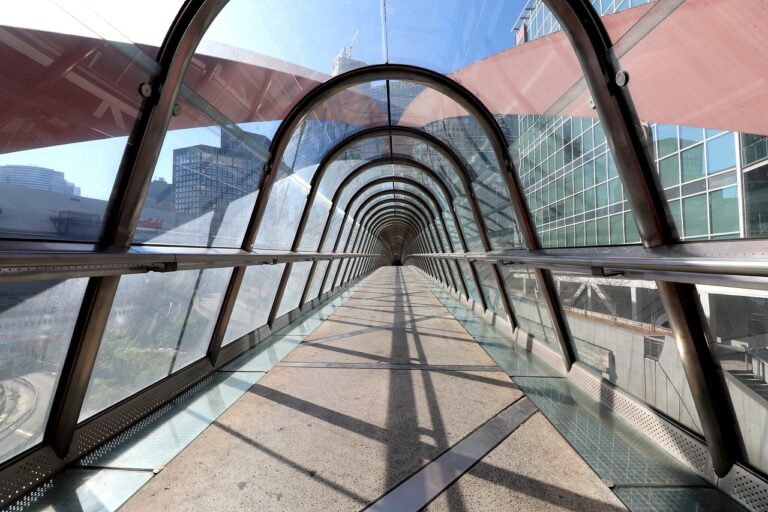Trends in Green Building: Sustainable Practices for Construction and Real Estate
Green building certification programs play a crucial role in promoting sustainable construction practices worldwide. These programs offer a structured framework to assess and recognize buildings that meet specific green criteria, such as energy efficiency, water conservation, and indoor air quality. By encouraging the adoption of eco-friendly design and construction practices, green building certification programs help mitigate the environmental impact of the built environment and contribute to a more sustainable future.
One of the most well-known green building certification programs is the Leadership in Energy and Environmental Design (LEED) program, developed by the U.S. Green Building Council. LEED certification provides a recognized standard for measuring building sustainability and allows developers, architects, and engineers to showcase their commitment to environmental responsibility. Numerous other certification programs, such as BREEAM and Green Star, exist globally, each tailored to specific regions and building types, further driving the adoption of green building practices across the construction industry.
Innovative Materials and Technologies in Sustainable Construction
The construction industry is continuously evolving with the incorporation of innovative materials and technologies to promote sustainability. One of the key advancements in sustainable construction is the use of recycled materials, such as reclaimed wood, recycled steel, and recycled glass. These materials not only reduce the demand for virgin resources but also minimize waste and promote a circular economy in the construction sector.
In addition to recycled materials, new technologies like 3D printing and Building Information Modeling (BIM) have revolutionized the way buildings are designed and constructed. 3D printing enables the creation of complex and customized building components with minimal material waste, while BIM enhances collaboration among project stakeholders to optimize building performance and energy efficiency. These advancements in materials and technologies are paving the way for a more sustainable and environmentally friendly construction industry.
Energy-Efficient Design Strategies
When designing energy-efficient buildings, it is essential to maximize natural light penetration in the space. Utilizing techniques such as incorporating large windows, skylights, and reflective surfaces can help reduce the need for artificial lighting during the day and lower energy consumption. Additionally, implementing shading devices like awnings, louvers, or vegetation can help control solar heat gain during hot seasons, further enhancing the building’s energy performance.
Another crucial strategy in energy-efficient design is optimizing the building envelope for thermal performance. This involves selecting high-performance insulation materials, sealing air leaks, and using windows with low U-values to minimize heat transfer. By focusing on the envelope’s thermal resistance, designers can effectively reduce the heating and cooling loads, leading to lower energy usage and operational costs over the building’s lifespan.
What are some benefits of implementing energy-efficient design strategies?
Energy-efficient design strategies can help reduce energy costs, minimize environmental impact, improve indoor air quality, and increase the overall comfort and wellbeing of occupants.
How does green building certification programs play a role in energy-efficient design?
Green building certification programs, such as LEED and BREEAM, provide guidelines and standards for sustainable construction practices, including energy-efficient design strategies, to help ensure that buildings are environmentally friendly and resource-efficient.
What are some innovative materials and technologies commonly used in sustainable construction?
Some innovative materials and technologies used in sustainable construction include green roofs, solar panels, energy-efficient HVAC systems, insulated concrete forms, and recycled building materials.
How can I incorporate energy-efficient design strategies into my building project?
You can incorporate energy-efficient design strategies into your building project by optimizing building orientation, maximizing natural lighting, utilizing high-performance insulation and windows, implementing energy-efficient heating and cooling systems, and integrating renewable energy sources.
Will implementing energy-efficient design strategies require a significant upfront investment?
While implementing energy-efficient design strategies may require a higher initial investment, the long-term cost savings from reduced energy consumption and maintenance expenses often outweigh the upfront costs. Additionally, many governments offer incentives and rebates for energy-efficient building projects.







